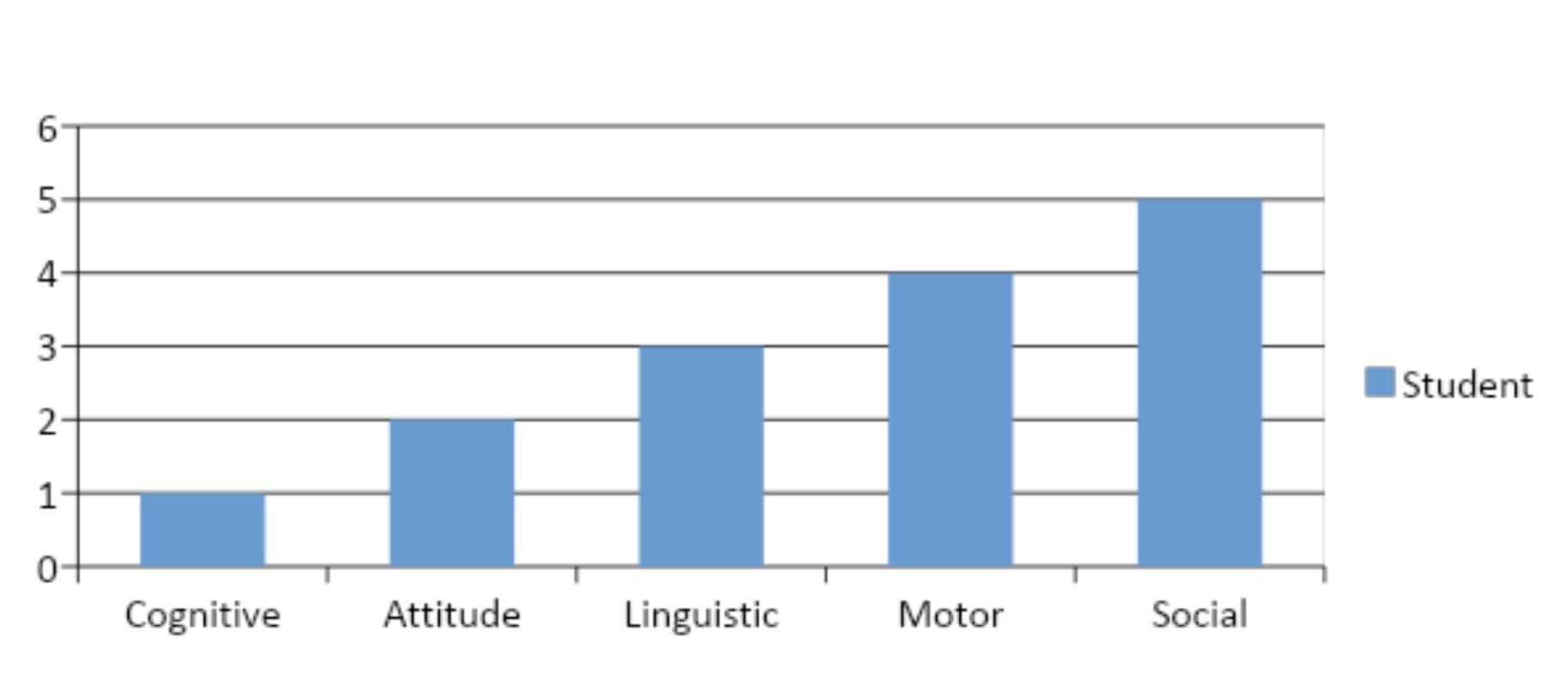
To use in your report, highlight text first then:
COPY
WINDOWS: Ctrl + C
MAC: Command + C
PASTE with no Formatting
WINDOWS: Ctrl + Shift + V
MAC: Shift + Option + Command + V
PASTE with Formatting
WINDOWS: Ctrl + V
MAC: Command + V
**Use for templates with tables**
CALMS Assessment Inventory for Children Who Stutter
The CALMS Assessment Inventory for Children Who Stutter was completed to evaluate five domains that are associated with stuttering. These domains reflect a person’s understanding or perception about stuttering (Cognitive), attitude about their speech (Affect), changes in a person’s stuttering across various linguistic levels (Linguistic), disfluent or secondary behaviors associated with stuttering (Motor) and the impact of stuttering across various social situations (Social). This evaluation tool was designed for children with ages ranging from 7 to 15 years. This inventory includes 22 individual items across the 5 CALMS domains. A rating from 1-5 is given for each item where the rating of 1 reflects a ‘low impact’ and 5 reflects a ‘high impact’. The scores for each rated items are added and then dived to derive a mean for each component. The average component scores are then gathered as data points to develop an overview of how each domain impacts the child and his stuttering.
Average Cognitive Component Rating: # from 1-5
Average Affective Component Rating: #
Average Linguistic Component Rating: #
Average Motor Component Rating: #
Average Social Component Rating: #

Based on results gathered from formal and informal evaluation, (student) presents with …..
In description make sure to include comments in all 5 areas.
Cognitive: ex. their ability to identify disfluent behaviors, awareness level, ability to describe speech techniques, knowledge of stuttering
Attitude: ex. Results from CAT, results from informal findings from the School-Age Child Who stutters: Working Effectively with Attitudes and Emotions
Linguistic: ex. an increase in the (frequency/intensity/tenstion/specific disfluent behavior) of disfluent behaviors were observed to occur …….. (formulating complex sentences/ responses to questions /when telling a story) Fluency is observed to be facilitated with ……
Motor: look at example from SSI-4
Social: add any escape or avoidance behaviors for situations. Classroom observations or information from teacher/parent rating scale.





